Design Crit-AI-driven design critique tool
AI-powered critique platform for designers
Please share your design for a critique.
Ready for your design critique? Upload your image to start.
Let's critique your design. Please add your image.
Upload your design image for a detailed critique.
Related Tools
Load More
What Would Apple Do?
Design feedback on every upload, based on Apple's HIG

Design Critique
Expert visual design critiques.
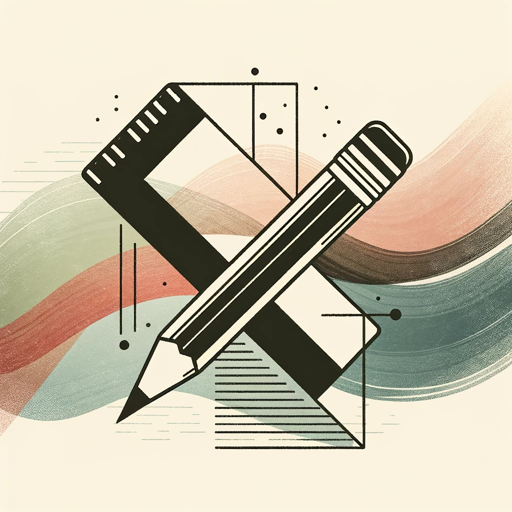
Design Feedback for Devs
UX/UI/Product design feedback for developers. Start by uploading a design.

Design Lens
Analyzes graphic designs, explains principles, and offers improvement tips.

DesignBuddy
Your design feedback partner offers you constructive feedback from multiple perspectives on your work. Simply upload your screens to receive valuable feedback.

Design Crit Partner
Systematic design critiques with improvement focus
20.0 / 5 (200 votes)
Introduction to Design Crit
Design Crit is a focused process where a designer’s work is analyzed to improve its quality. The purpose is to provide constructive feedback on how the design aligns with its goals, identify areas of improvement, and inspire new ideas. Instead of a mere review or evaluation, a critique encourages collaboration, fostering better communication between designers and other stakeholders. Scenarios where Design Crit is used include product development meetings or design sprints, where a team dissects a UI/UX design to ensure it aligns with user needs and business objectives. For instance, Figma has used Design Crit to streamline the feedback process at Braintree, shifting from static in-person meetings to real-time collaboration【13†source】. This allowed designers to quickly apply feedback, significantly reducing time spent on revisions.

Main Functions of Design Crit
Focused Feedback Sessions
Example
Figma's design critiques evolved from static feedback to collaborative working sessions where changes could be made in real time, resulting in a 50% reduction in revision time for Braintree’s developer team【13†source】.
Scenario
During a design critique session, a team uses Figma’s observation mode, where a designer makes changes live while another designer provides input, thus making the feedback loop immediate and more effective.
Role-based Critiques
Example
The Microsoft design team uses specific roles like 'Presenters,' 'Contributors,' and 'Disrupters' to structure their design critique sessions【15†source】.
Scenario
In a critique, the 'Presenter' explains the design, while 'Contributors' provide feedback, and 'Disrupters' ask strategic questions that challenge the design approach, ensuring that the critique is thorough and covers all angles.
Structured Feedback for Iteration
Example
At Medium, 'Tactical Design Critiques' (TDC) allow each participant to express one issue or 'tension' they have with the design, which is then tackled collaboratively【18†source】.
Scenario
A design team examines a contextual menu UI in a TDC session. Each participant highlights issues such as icon size or menu behavior, and the team collectively discusses solutions. The facilitator ensures that feedback stays focused and constructive.
Ideal Users of Design Crit
Design Teams in Product Development
Design Crit benefits product development teams by helping them iterate faster and align their design with user goals. In environments where multiple departments contribute, such as design, engineering, and marketing, Design Crit provides an opportunity for early feedback, reducing costly revisions later in the project【19†source】.
UX/UI Designers and Developers
UX/UI designers working on interfaces, particularly those seeking to improve usability, accessibility, and consistency, will benefit from structured critiques. The cross-disciplinary feedback offered in design critiques helps these professionals create better user-centered designs【15†source】【19†source】.

How to use Design Crit
Visit aichatonline.org for a free trial without login, also no need for ChatGPT Plus.
Start by accessing the website and leveraging the free trial offered. No sign-up or premium subscription is necessary, making it accessible for all users.
Upload or share your design materials.
Gather and present your design assets such as images, prototypes, or documents to initiate a critique session. Ensure that your designs are formatted correctly to enhance collaboration.
Choose your critique structure.
Select the critique format that best fits your goals, such as round-robin, quota-based, or targeted feedback sessions. Depending on your team size and scope, these methods will vary.
Engage with the feedback process.
Participate in a structured discussion where each team member shares constructive feedback. Ensure the session is kept on track with a designated facilitator to manage time and objectives.
Iterate and refine.
Take the feedback provided and work on improving the design. Follow up with team members as needed, refining the product based on actionable insights.
Try other advanced and practical GPTs
QualityAI
AI-powered insights for quality assurance

WP Wizard
AI-powered PHP snippets for WordPress

ManimGPT
AI-powered animation creation made easy.
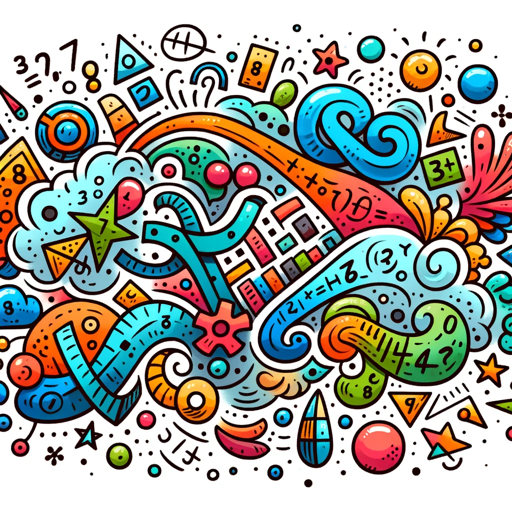
Sex Education Expert
AI-powered guide for sex education.
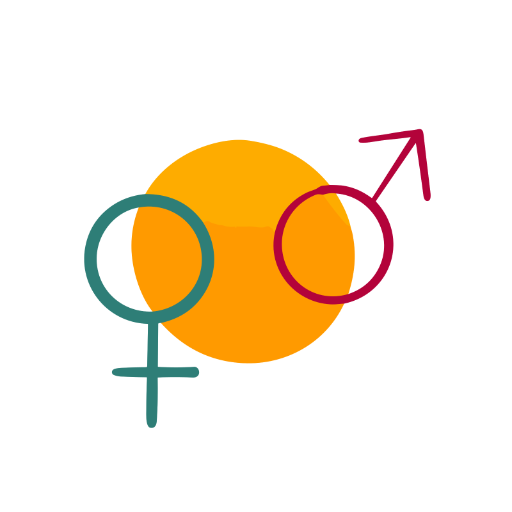
脱出ゲーム - saysay.ai
Unleash your wits with AI-powered escape

Email Aide
AI-Powered Email Enhancement

SEM Ad Writer (GPT)
AI-Powered Tool for High-Converting Ads

History Perspectives
AI-powered multi-perspective history analysis

Cold Mail by DoMore.ai
AI-Powered Personalized Cold Emails

Creador de situaciones de aprendizaje
AI-powered tool for educational compliance.
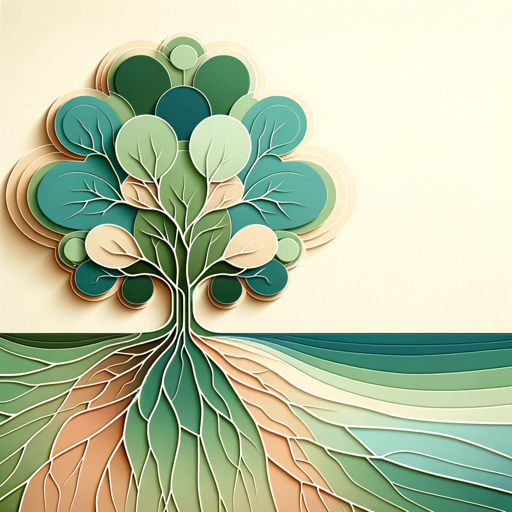
MedAssist
AI-Powered Support for Medical Professionals
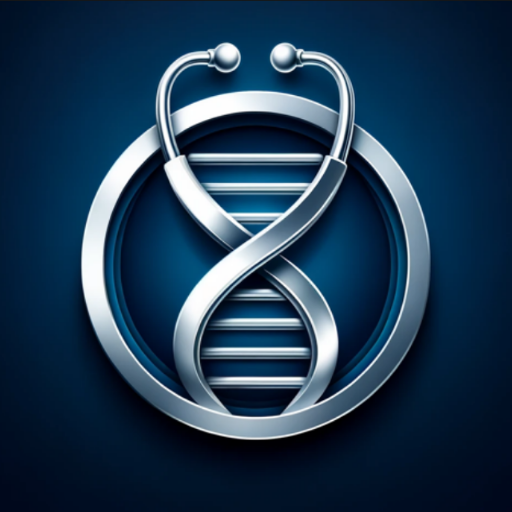
MJ Prompt Generator by BuckedUnicorn
AI-powered tool for creating custom art prompts.

- Team Collaboration
- Product Development
- UX Design
- UI Feedback
- Remote Critique
Five Q&A About Design Crit
What is Design Crit?
Design Crit is an AI-powered platform that facilitates detailed and constructive design critiques. It allows users to receive real-time feedback on their design projects, focusing on improvement and collaboration.
How do I start a design critique?
You can start by uploading your design to the platform, selecting a structured critique method, and inviting team members or collaborators to provide feedback.
What types of feedback structures are available?
Design Crit supports various feedback structures like round-robin critiques, quota-based critiques, and targeted feedback sessions. Each structure serves different team dynamics and critique goals.
Can Design Crit be used for remote teams?
Yes, Design Crit is optimized for remote collaboration, allowing users from different locations to participate in critiques via shared platforms and integrated communication tools.
How does Design Crit improve the design process?
By facilitating structured feedback sessions, Design Crit helps teams catch potential issues early, promotes collaboration, and ensures designs are refined through multiple iterations.